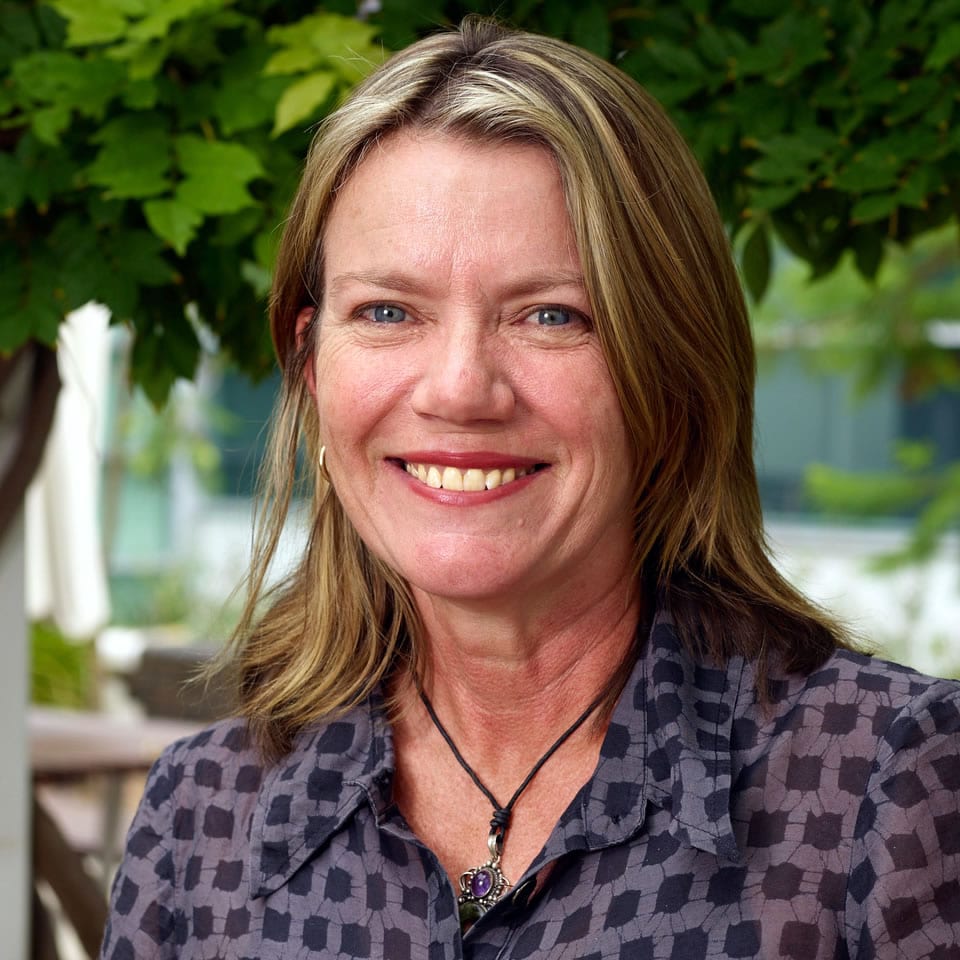
Mallacoota, Vic: 4 September 2019: While some 350 remote communities struggle to retain their local GPs, primary care programs and aged care facilities, one community group from far East Gippsland, Victoria unveiled its bold new three year plan at its AGM this weekend, to plug gaping holes in its Health infrastructure and services.
“Mallacoota is currently the only community in regional Victoria without a Victorian government funded hospital, bush nursing hospital/centre or a community health centre or Federally funded residential aged care services or jointly funded multipurpose service (MPS), Dr Cath Cosgrave, the grants coordinator and analyst of the Mallacoota Community Health Infrastructure & Resilience Fund (CHIRF), found.
“The closest Victorian public hospital is located at Orbost Regional Health (147km away with a travel time of 1hr 45 minutes each way). The nearest hospital in terms of distance is in NSW, is South East Regional Hospital in Bega (144km away and 1 hr. 45-minute travel time each way). It is tertiary hospital operating a 24/7 emergency department (ED). In Victoria, the closest ED is in Bairnsdale (235km away and with a travel time of nearly 3 hours each way).
Ambulance Victoria noted in regard to its Mallacoota and Cann River service that 65% of patient transport for ED presentations went to NSW and 35% to Victoria over a 24-month period in 2014-2016. This data also indicates an above average attendance to EDs, and patients admitted (60% of presentations) compared with 52.6% for Victoria. Data provided from Ambulance Victoria shows that over a 12 month period Mallacoota’s use of ambulance was 3.5 times that of Bairnsdale.
Following its annual general meeting, the Mallacoota Community Health Infrastructure & Resilience Fund Inc (CHIRF) Dr Cosgrave unveiled its three year strategy draft strategy for managing health priorities for the remote region.
Its draft strategy proposes a three-year focus to grow its local health and medical workforce, consolidating after hours medical support and expanding its current premises to incorporate more health programs and occasional over-night stays for visiting specialists.
Dr Cosgrave, an academic, that specialises in rural health workforce retention, said the unique challenges Mallacoota’s community faced so far successfully was vital to addressing these challenges that could offer lessons for many other ailing areas.
She noted that CHIRF’s initial success with Dr Search with RVTS and Dr Mubashar, CHIRF’s securing a grant and managing the building project with its partner, Mallacoota Inlet Aged Care and a range of health programs underway was a promising start.
Its next focus would be the infrastructure and Stage 2 of the Project, leading eventually to a 12-bed nursing facility. President Robin Bryant noted plans were in place for that and the work over the next few months would be to position ourselves for possible grant opportunities and a formal arrangement between MIAC and CHIRF.
CHIRF’s President Robin Bryant said the community had to develop its own model of self-sustainment – locals helping locals – which he calls the “Mallacoota Model”.
“The model could be could be translated to other remote communities, struggling to retain their health services,” he said.
In setting strategic directions for the next three years, Dr Cosgrove stressed it was important to look at the external and internal factors influencing and impacting CHIRF and local primary health care services and providers.
“Considering the strengths, opportunities, challenges and risks these environmental factors pose is critical to CHIRF’s and its medical practice partners future success., she said.
Currently CHIRF’s financials indicating a surplus of $191,698 (dedicated to primary health care) due to the influx of grants from the Foundation of Regional and Rural Renewal FRRR and Gippsland Primary Health Network GPHN .
Salaries and Wages representing CHIRF’s input into primary health care in the Mallacoota community and Cann River were the key expenditure items to support the community owned Mallacoota Medical Centre, Teen Clinic, Chronic Disease Rehabilitation Programs, and a comprehensive mental health program with visiting Psychologist and other allied health services.
Its AGM welcomed local Mallacoota community representatives, Jo Wohler and Michael Dunne as responsible persons to the CHIRF Board.